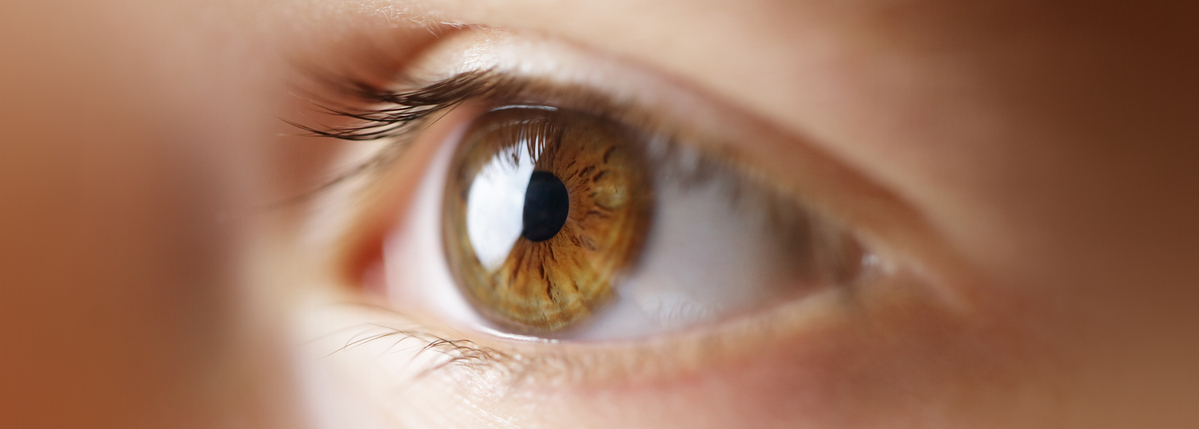What does 20/20 vision mean?
Written by: Ginger Vieira
2 minute read
May 20, 2021
Normal vision is 20/20 or better, which means you can see something clearly from 20 feet away—the standard vision ability for healthy eyes.
The vision test you’ve probably been doing since you were 3 years old is called visual acuity testing and it determines whether your vision is 20/20 or something else. The test uses numbers, letters and pictures (for children).
When your vision isn’t 20/20
When you have a result like 20/40 or 20/80 vision, that means you need to be 20 feet away from something that people with 20/20 vision can see from 40 or 80 feet away.
Some people have better than 20/20 vision. For example, 20/15 vision means you can see something from 15 feet away that people with standard 20/20 vision can see from 20 feet away.
Visual acuity testing should be done at your annual eye exam. And anyone with glasses or contacts will also need annual check-ups to be sure your prescription is updated.
Diabetes can potentially lead to sudden or rapid changes in your vision. The visual acuity test will catch these changes and may alert your eye doctor to other health concerns in your eyes.
When is a person considered legally blind?
While we often think of blindness as being unable to see anything, there are actually many levels of limited sight that qualify as blindness.
Based on visual acuity testing, a person is considered legally blind when their best corrected vision is 20/200, which means they need to be at least 20 feet away to see something that a person with normal vision can see from 200 feet away.
For people with diabetes, it can be a bit more complex than simply a change in your basic vision. Other aspects of eye complications related to diabetes can worsen your vision past 20/200.
Retinopathy, glaucoma, or macular edema can all threaten your ability to see.
In diabetic retinopathy, for example, burst blood vessels can cause blood and other fluid to leak into your eye, creating “floaters.” For some, it may be temporary until the leaked fluid is gradually reabsorbed into the eye tissue.
For others, the complications of these eye diseases can create permanent damage to your retinas, macula and more. This can also lead to a loss of partial vision, like losing your peripheral (side-to-side) vision and/or making driving a car or walking along city streets extremely difficult. While you can still technically see, a partial loss of vision can be dangerous. If you notice any sudden changes in your vision, reach out to your eye doctor immediately. Scheduling your annual diabetes eye exam is the best way to catch eye issues before they permanently threaten your ability to see.
Eye Health content is created through the ADA x BT1 Collab, with support from Focus on Diabetes™.
Related Resources

This resource on inhaled insulin was made possible with support from MannKind (makers of Afrezza (insulin...
Read more

Editor's Note: This article is about Ginger's personal experience using Afrezza, and what has worked...
Read more

Editor’s Note: We have a simple goal: tap into the power of the global diabetes...
Read more


